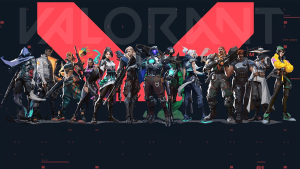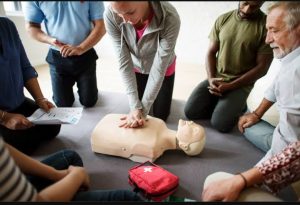Gaming and Education: Unlocking the Power of Play
In the digital age, where screens have become ubiquitous in daily life, the intersection of gaming and education has emerged as a dynamic and transformative space. Far from being mere distractions, video games are increasingly recognized for their potential to educate and engage learners of all ages. This article explores the evolving relationship between gaming and education, shedding light on how play can unlock new dimensions of learning.
Gamified Learning: Turning Education into an Adventure
The concept of gamification has breathed new life into traditional educational methods. By incorporating game elements such as points, levels, and rewards into educational platforms, teachers can turn lessons into engaging adventures. Educational games like “Minecraft: Education Edition” and “Kahoot!” leverage the power of play to make learning not only informative but also enjoyable, slot gacor hari ini capturing the attention and enthusiasm of students.
Problem-Solving and Critical Thinking: Leveling Up Skills
Many video games require players to solve complex problems, make strategic decisions, and think critically to progress. These cognitive skills, honed through gameplay, have direct applications in the educational realm. Educational games and simulations provide a safe space for students to practice decision-making, problem-solving, and strategic thinking, fostering skills that extend beyond the digital realm.
Digital Literacy and Technology Integration:
In an era dominated by technology, video games can play a pivotal role in developing digital literacy skills. Educational games often require players to navigate digital interfaces, understand complex systems, and utilize technology effectively. This integration of gaming into education not only prepares students for the digital landscape but also promotes a positive attitude toward technology as a tool for learning.
STEM Education: Bridging the Gap with Virtual Laboratories
Science, technology, engineering, and mathematics (STEM) education has found a valuable ally in gaming. Virtual laboratories and simulations offer students hands-on experiences in STEM fields, allowing them to conduct experiments, explore scientific concepts, and grasp abstract ideas in a tangible, interactive way. Games like “Kerbal Space Program” and “Factorio” provide immersive experiences that supplement traditional STEM learning methods.
Language Learning: Playful Immersion in New Cultures
Language acquisition can be a challenging endeavor, but gaming has proven to be an effective tool for language learning. Interactive environments, rich narratives, and character interactions in games create a context for language use and immersion. Educational games like “Duolingo” and “Learn Japanese to Survive!” demonstrate how play can make language learning dynamic, engaging, and enjoyable.
Conclusion:
As the educational landscape evolves, the integration of gaming offers exciting possibilities for both educators and learners. Video games, once seen as a form of entertainment, are now recognized as powerful tools for fostering critical skills, promoting digital literacy, and enhancing traditional learning methods. The marriage of gaming and education represents a paradigm shift, where play becomes a gateway to knowledge, creativity, and a lifelong love of learning.






